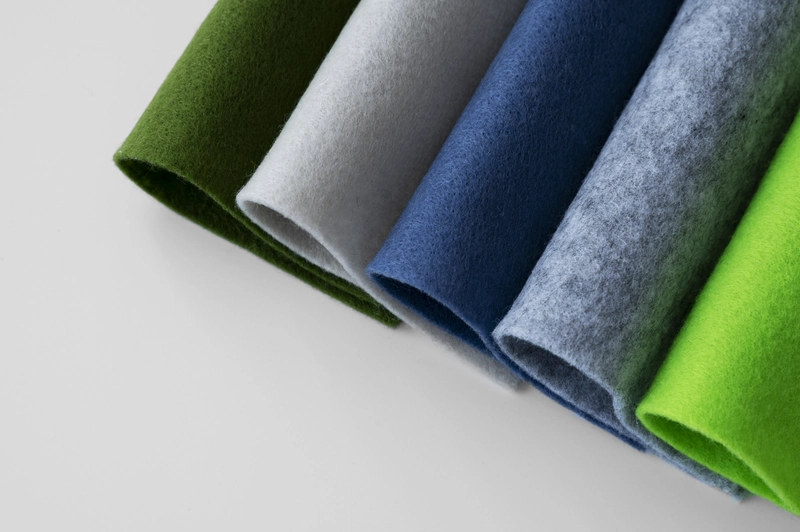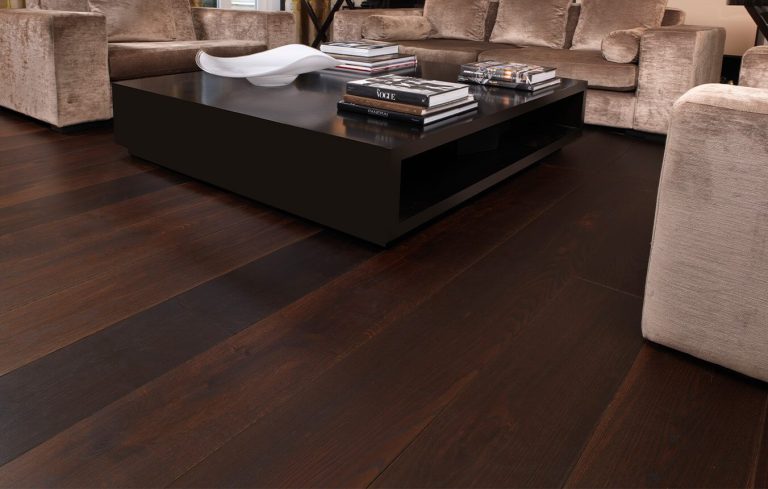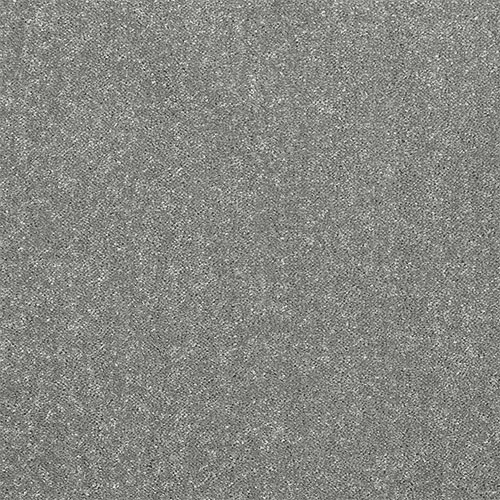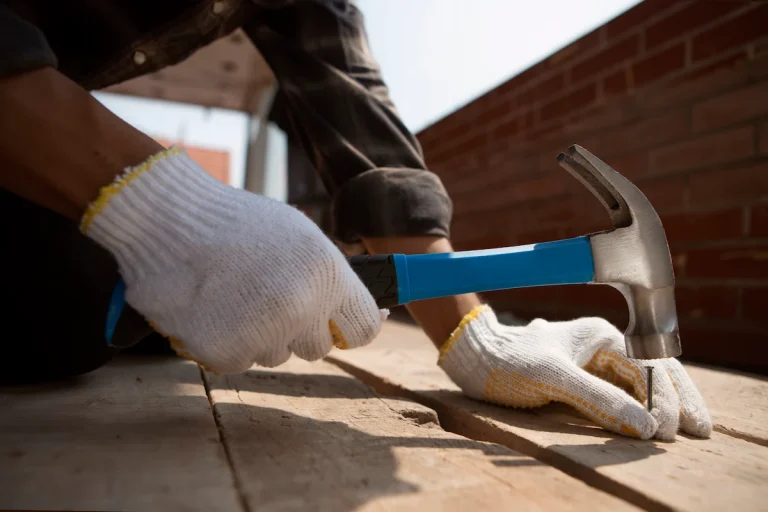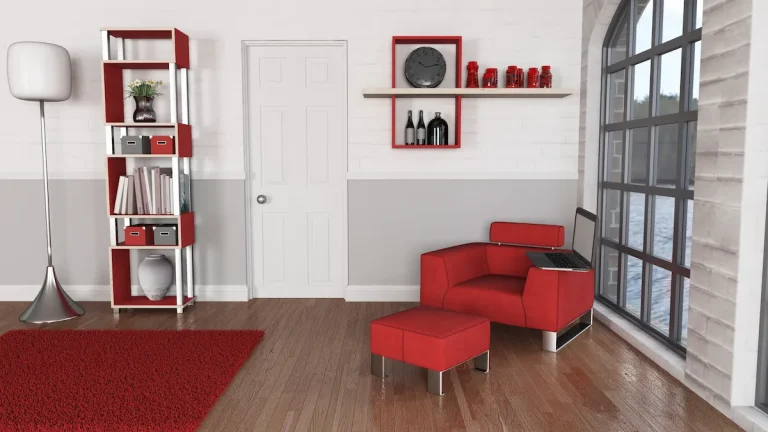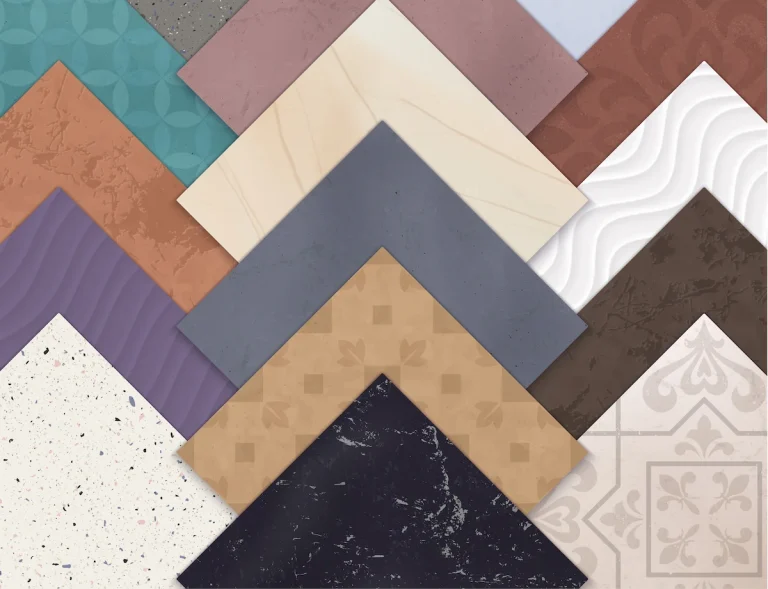Are you in the market for a new carpet but unsure about the different thickness options available? We will explore the world of carpet thickness, including how it is measured and the various types you can choose from.
From low pile to shag, we will break down the factors that affect carpet thickness and help you determine which thickness is best for your needs – whether it’s for high-traffic areas, comfort, soundproofing, aesthetics, or budget.
Let’s dive in and find the perfect carpet thickness for you!
What Is Carpet Thickness?
Carpet thickness, often referred to as pile height, is an essential factor that affects the comfort, durability, and overall feel of the carpet underfoot, making it a critical consideration in any home or office setting.
An optimal carpet thickness can provide a plush feel underfoot, creating a cosy environment in living spaces while reducing noise levels by absorbing sound vibrations. Conversely, a thinner carpet may be easier to clean but could lack the desired level of cushioning and warmth. In terms of durability, thicker carpets with greater pile height tend to wear more gracefully, maintaining their appearance for a longer period, especially in high-traffic areas.
How to Measuring Carpet Thickness Guide
Carpet thickness is measured from the backing to the top of the pile, and it is typically expressed in inches or millimetres.
When measuring carpet thickness, one essential tool to have on hand is a ruler or a tape measure that provides accurate readings in both imperial and metric systems. To get precise measurements, it’s crucial to ensure the carpet is laid flat and uncompressed during the process.
One helpful technique is to use samples of different pile heights to familiarise yourself with the various thickness levels before measuring the actual carpet. This hands-on approach allows you to develop a better feel for pile height differences, enabling you to make more accurate measurements and informed decisions during carpet selection.
The Different Types Of Carpet Thickness
Carpet thickness varies significantly, and the market offers several types to meet diverse needs, including low pile, medium pile, high pile, shag, and Berber carpets.
1. Low Pile Carpet
Low-pile carpet is characterised by its short fibres, making it a practical choice for high-traffic areas due to its durability and ease of maintenance.
Its practicality extends beyond the wear and tear experienced in bustling spaces, as the short fibres also prevent dust and dirt from becoming deeply embedded.
The ease of cleaning low pile carpet contributes significantly to its appeal for busy areas, requiring simple vacuuming or occasional spot cleaning for maintenance.
The low profile makes it effortless to move furniture over the surface without causing damage, making it an ideal selection for spaces that frequently rearrange seating or fixtures, ensuring both longevity and convenience.
2. Medium Pile Carpet
Medium pile carpet offers a balance between comfort and practicality, making it a versatile choice suitable for various rooms in the home.
Its soft fibres provide a cosy feel underfoot while still being easy to maintain and clean, striking the perfect equilibrium between luxury and functionality. The medium pile height adds a layer of cushioning, ensuring a comfortable surface to walk on without compromising ease of movement. Its durability makes it a suitable option for high-traffic areas like living rooms, bedrooms, and home offices, where both comfort and resilience are essential.
3. High Pile Carpet
High-pile carpet is known for its luxurious feel and exceptional comfort, making it an excellent choice for areas like bedrooms and lounges where comfort is a priority.
One of the standout features of high pile carpet is its plushness, creating a cosy and inviting atmosphere in any room it graces. The long fibres of the carpet not only add a touch of opulence but also provide a soft cushion underfoot, perfect for sinking your toes into after a long day. Its dense construction offers a comforting warmth that is especially appreciated in bedrooms, where relaxation and luxury go hand in hand.
4. Shag Carpet
Shag pile carpet is renowned for its distinctive long fibres and cushioned feel, offering a unique aesthetic appeal and style to any room.
The deep pile of shag carpet not only adds visual interest but also creates a cosy and inviting atmosphere in a space. The luxurious softness underfoot enhances the overall comfort of the room, making it an excellent choice for lounging areas or bedrooms. The texture of shag carpet can help to dampen sound, creating a quieter environment. Its diverse colour options and ability to hide dirt and footprints make it a practical and stylish flooring solution for those looking to add a touch of retro sophistication to their decor.
5. Berber Carpet
Berber carpet is highly durable, featuring loop designs that offer excellent resistance to stains and wear, making it suitable for busy areas of the home.
The durability of Berber carpet is a result of its tightly looped fibres, which are intricately woven together to create a strong and resilient surface. This construction not only provides outstanding support for heavy foot traffic but also prevents the formation of pile crushes or matting over time.
The loop designs in Berber carpet make it less likely for spills and stains to penetrate deep into the fibres, allowing for easier clean-up and maintenance. The inherent stain resistance of Berber carpet adds to its appeal as a practical and long-lasting flooring option.

See product: Cormar Carpet Natural Berber Twist Deluxe Platinum
Factors that Affect Carpet Thickness
Several factors affect carpet thickness, including the material used, the density of the fibres, and the construction method, all of which play a crucial role in determining the carpet’s overall performance.
a. Material
The material of the carpet, whether it is wool, polypropylene, or other synthetic fibres, significantly affects its thickness and other attributes like durability and comfort.
Wool, a natural material, is known for its plushness and resilience, making it a popular choice for high-end carpets. Its inherent elasticity allows it to bounce back to its original shape, maintaining the carpet’s thickness and preventing matting.
On the other hand, polypropylene, a synthetic fibre, offers good stain resistance and colour retention, making it ideal for high-traffic areas. It may lack the same plush feel as wool due to its lower pile height.
b. Density
Carpet density refers to how closely the fibres are packed together, and higher density often correlates with greater thickness and durability, particularly beneficial in high-traffic areas.
When the fibres are densely packed, there is less space between them, leading to a denser and sturdier carpet.
This is crucial in areas of high foot traffic, such as corridors or sitting rooms, where the carpet needs to withstand frequent use without wearing down quickly.
A dense carpet can better resist crushing and matting, maintaining its appearance and comfort for a longer period.
c. Construction
The construction method of the carpet, whether tufted or woven, affects its thickness and overall quality, with each technique offering different benefits.
Regarding tufted carpets, they are generally less labour-intensive to produce compared to woven ones. This results in tufted carpets being more cost-effective and offering a wider range of design options due to their versatility.
On the other hand, woven carpets are known for their durability and intricate designs. The weaving process creates a denser pile, making them thicker and more luxurious. These carpets are often favoured for their classic look and exceptional longevity.
Range of Carpet Thicknesses that Sold In The Market
The market offers a wide range of carpet thicknesses, typically categorised into five distinct ranges to cater to various preferences and requirements.
For those seeking a plush and luxurious feel underfoot, the thick carpets in the highest range provide ample cushioning and warmth. On the other hand, medium-thick carpets strike a balance between comfort and durability, making them suitable for high-traffic areas.
In contrast, low-profile carpets are versatile and easy to clean, ideal for spaces where mobility and maintenance are essential factors. Those looking for a sleek and modern aesthetic may opt for ultra-thin carpets that offer a minimalist look while still providing some degree of comfort.
Each thickness range caters to specific needs and preferences, ensuring that there is a suitable carpet option for every type of living space or commercial setting.
The Most Popular Carpet Thicknesses In The Market
The most popular carpet thicknesses in the market tend to be those that strike a balance between comfort and practicality, making them ideal for areas like lounges and bedrooms.
For lounges, thicker carpets are often preferred as they provide a luxurious and cosy feel underfoot. The plushness adds an inviting touch to the room, creating a warm and welcoming atmosphere for relaxation and social gatherings.
On the other hand, bedrooms often benefit from slightly lower pile heights that are easier to clean and maintain. A medium-thick carpet can offer the right amount of comfort without feeling too overwhelming in a space intended for rest and relaxation.
The Best Carpet Thickness Option
Determining the best carpet thickness depends on various specific requirements and factors, and expert advice can help ensure the right choice for each unique situation.
a. For High Traffic Areas
For high-traffic areas, a thinner yet denser carpet is usually the best choice, as it offers enhanced durability and practicality.
Choosing a carpet with the right thickness is crucial when it comes to areas that see a lot of foot traffic. A thinner carpet can withstand the wear and tear of daily use without losing its shape or texture. The density of the carpet fibres plays a significant role in ensuring its longevity and resilience. Durability is key in environments where carpets are constantly exposed to heavy use, spills, and frequent cleaning. A dense carpet not only provides longevity but also ensures easier maintenance and upkeep, making it a practical option for busy spaces.
b. For Comfort
To achieve maximum comfort, especially in rooms like the home office and bedrooms, thicker carpets with substantial cushioning are recommended.
Thicker carpets provide a plush surface that feels soft underfoot, offering a comforting experience as you move around the room. The extra cushioning in thicker carpets helps to absorb impact and reduce noise, creating a serene environment in spaces where peace and quiet are valued, such as bedrooms and home offices.
c. For Soundproofing
For effective soundproofing, a thicker carpet combined with a high-quality underlay, such as memory foam, can significantly reduce impact noise.
Regarding soundproofing a room, the thickness of the carpet plays a crucial role in absorbing and dampening sound waves. A thicker carpet is more effective in blocking impact noise caused by footsteps or dropped objects, creating a quieter and more peaceful environment.
Pairing the carpet with a suitable underlay, particularly one made from memory foam, enhances the soundproofing properties. Memory foam underlay acts as a buffer, minimising vibrations and further reducing sound transmission through floors.
d. For Aesthetics
When aesthetics are a priority, a high-pile carpet can add a touch of luxury and style to any room.
High-pile carpets, known for their thick and plush texture, not only enhance the visual appeal of a space but also create a cosy and inviting atmosphere. The added cushioning provided by the increased pile height contributes to a sense of warmth and comfort, making the room feel more intimate and luxurious. The deep pile of these carpets adds depth and dimension to the overall decor, giving the room a sophisticated and upscale look. Whether it’s a formal living room or a cosy bedroom, high-pile carpets can elevate the aesthetics and ambience of any space.
e. For Budget
For those on a budget, opting for thinner carpets can be a more affordable solution that still offers satisfactory performance, particularly in less frequently used areas like spare rooms.
Thinner carpets are often priced more competitively than their thicker counterparts, making them a cost-effective choice for individuals looking to spruce up a room without breaking the bank. These carpets may have a lower pile height, which can make them easier to clean and maintain, further adding to their value. Since spare rooms typically receive less foot traffic compared to main living areas, the durability of thinner carpets can still meet the requirements of these spaces without sacrificing quality.
Plus, with advancements in manufacturing techniques, thinner carpets now come in a wide range of styles and designs, allowing homeowners to achieve their desired aesthetic without compromising on budget.
Choosing the right carpet thickness can significantly enhance the comfort, durability, and overall feel of your home. Whether you’re looking for plush, luxurious carpeting for your living room or a more durable option for high-traffic areas, the thickness of your carpet plays a crucial role in meeting your needs
At TEKA Flooring, we offer a wide range of carpet options from renowned brands such as Abingdon, Cormar Carpet, and Victoria Carpet, ensuring you find the perfect fit for any room in your home.
Read also:


























